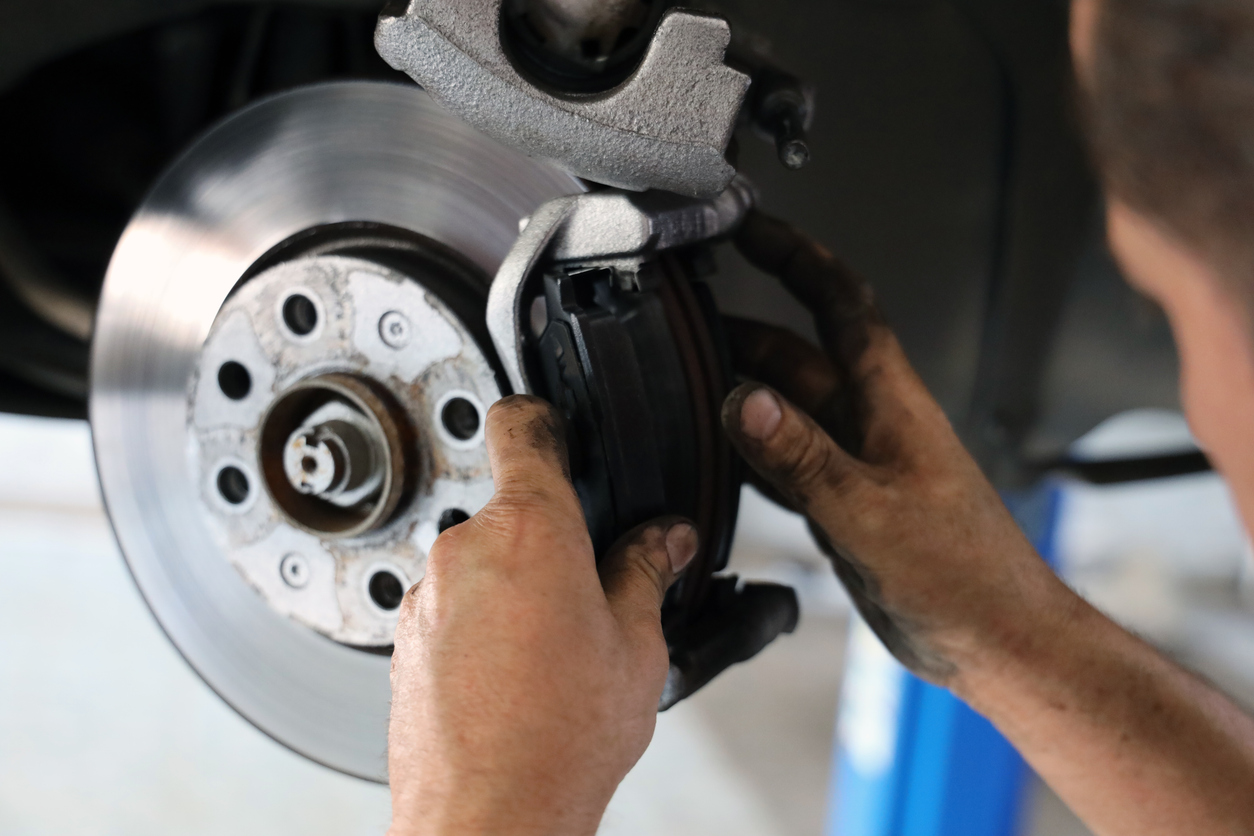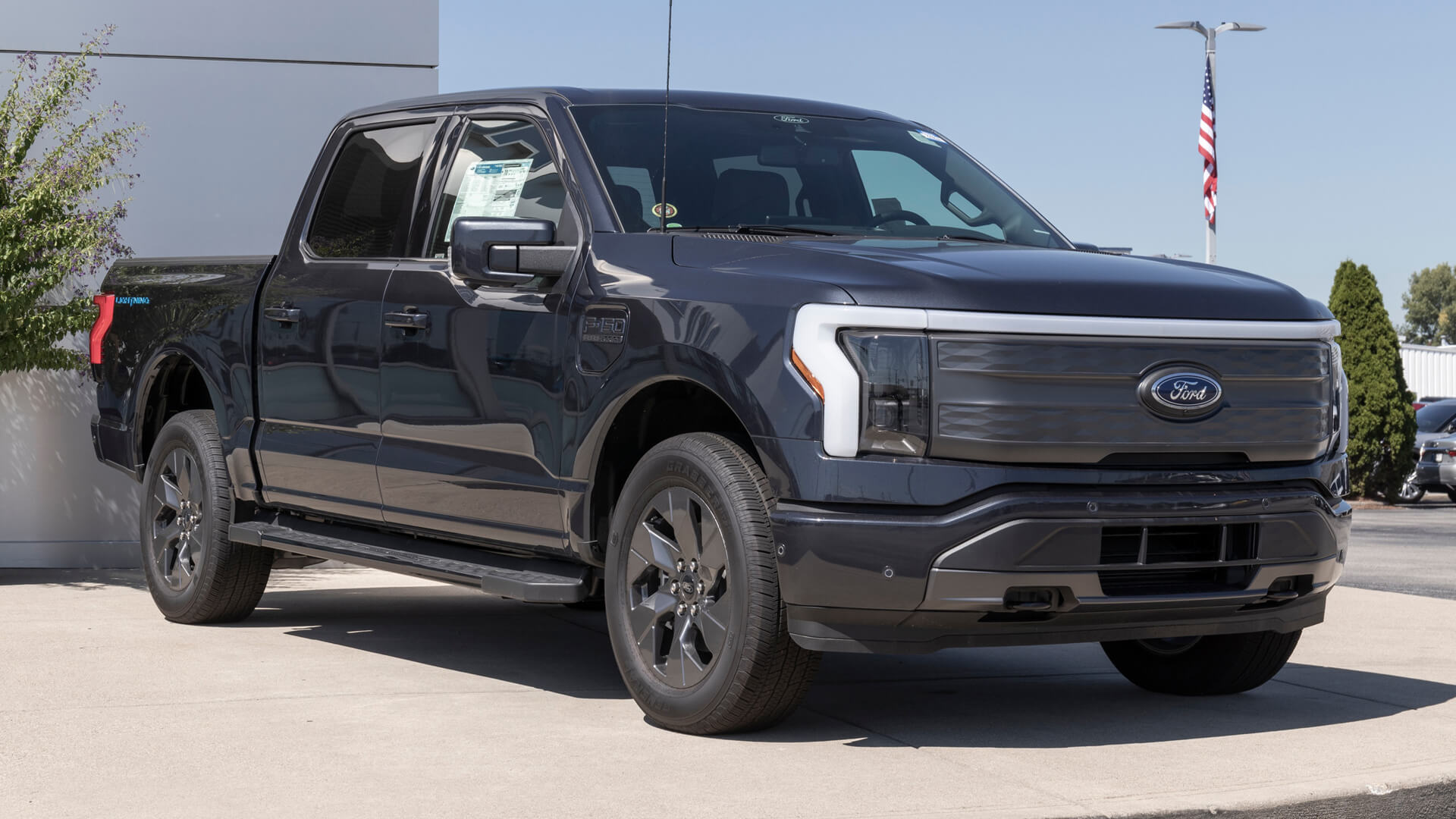Recently, The Cool Down has been running a series on electric vehicle myths, misconceptions, and misunderstandings. This week, we're tackling some of the biggest concerns about how electric vehicles actually drive — everything from braking to towing and everything in between.
Thankfully, there's a lot of good news on those fronts. See the list below for the scoop — and check out Part 1 and Part 2 of our EV myths series for more.
Myth No. 9: EVs eat through tires too quickly
!["They need to ban [them]."](https://www.thecooldown.com/wp-content/uploads/2024/06/mechanic-tire.jpg)
The claim: EVs burn through tires 20% faster than internal combustion engine (ICE) cars.
The truth: Yes, EVs can sustain more wear, but how much depends on you, the driver. EVs tend to be heavier due to their batteries, so the tires have more of a load to carry.
Also, EVs have a lot of torque, which can be fun for a driver launching from a standstill at a green light but not so much fun for the tires. So, if you're heavy on the acceleration and braking in the first place, expect to see that effect magnified.
That said, there are also now EV-specific tires that can help reduce wear and tear or help with other factors, like increasing range. And it's worth noting that, even if you account for a few extra tire changes over the life of a vehicle, EVs have way fewer maintenance needs overall. In fact, they're typically half as expensive to maintain as gas cars.
Myth No. 10: EVs wear out brakes faster, too

The claim: EVs are big, heavy, and accelerate fast, which means more wear and tear.
The truth: In an ICE car, when you push the brake pedal, the pads bite and slow the car. Heat is a by-product that causes the pads to wear. But EVs are different since they have regenerative braking.
This braking system uses kinetic energy to recycle power back into the car from the braking action, which reduces brake pad wear and helps extend your range.
Combining this info with the one above, it's maybe worth considering a sort of stalemate — your EV may cost more in tires, but you'll save on brakes. By some estimates, EVs can recapture between 15-30% of their energy during braking, which equates to the same increase in range.
Myth No. 11: EVs are so heavy they're dangerous

The claim: Our aging highway infrastructure simply can't cope with the added stress of super-heavy EVs on the roads and bridges. And their weight makes them much more dangerous in collisions.
The truth: On average, an EV does weigh more than its ICE counterpart: The battery alone can come in at around 1,000 pounds. One of the heaviest EVs on the road is the GMC Hummer EV SUV, weighing in at just over 9,000 pounds, while a more normal Tesla Model 3 weighs around 3,900 pounds.
But that's not to say ICE SUVs are all lightweight. The heaviest Range Rover model tips the scales at over 7,500 pounds. In general, all cars are getting heavier — the average weight in the USA has increased from 3,400 to 4,300 pounds over the past 30 years, as Axios reported.
Weight does carry implications for collision damage and stopping distances. In fact, according to one study, the probability of a fatality increases by 47% for every 1,000 pounds of additional vehicle weight — and that applies to all cars.
As for the claim that EVs are too heavy for highways and parking garages, this isn't a factor if those structures are well maintained and built to handle traditional bigger vehicles like the Range Rover. Considering there are only three or four million EVs on the road in the U.S., it seems much more likely that heavy trucks or gas cars would be the factor that tips the scales, and as battery technology improves, manufacturers are pushing to make them lighter as one way of increasing driving range.
Myth No. 12: EVs aren't powerful enough to tow

The claim: For a time, EV makers were not great at rating their cars for towing. Some people jumped on that as a sign of their inability to get the job done.
The truth: EVs are great at towing. A Cybertruck was even used to tow a SpaceX rocket engine last year. EVs have all that torque and balanced weight distribution thanks to low-slung battery packs, which make for fantastic handling.
The real problem is a smaller one: Towing eats into your range. For example, Rivian is one of the few EV companies to release towing stats, as J.D. Power noted, and the carmaker reports that the range on its R1T will drop by 50% when hauling the maximum capacity of 11,000 pounds, less for lighter ones.
But don't forget, an ICE car's mileage drops when towing, too — often, by a whopping five to 10 miles per gallon on average, or 100 to 200 miles of range for a truck with a 20-gallon tank.
Join our free newsletter for weekly updates on the latest innovations improving our lives and shaping our future, and don't miss this cool list of easy ways to help yourself while helping the planet.









